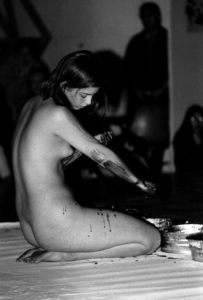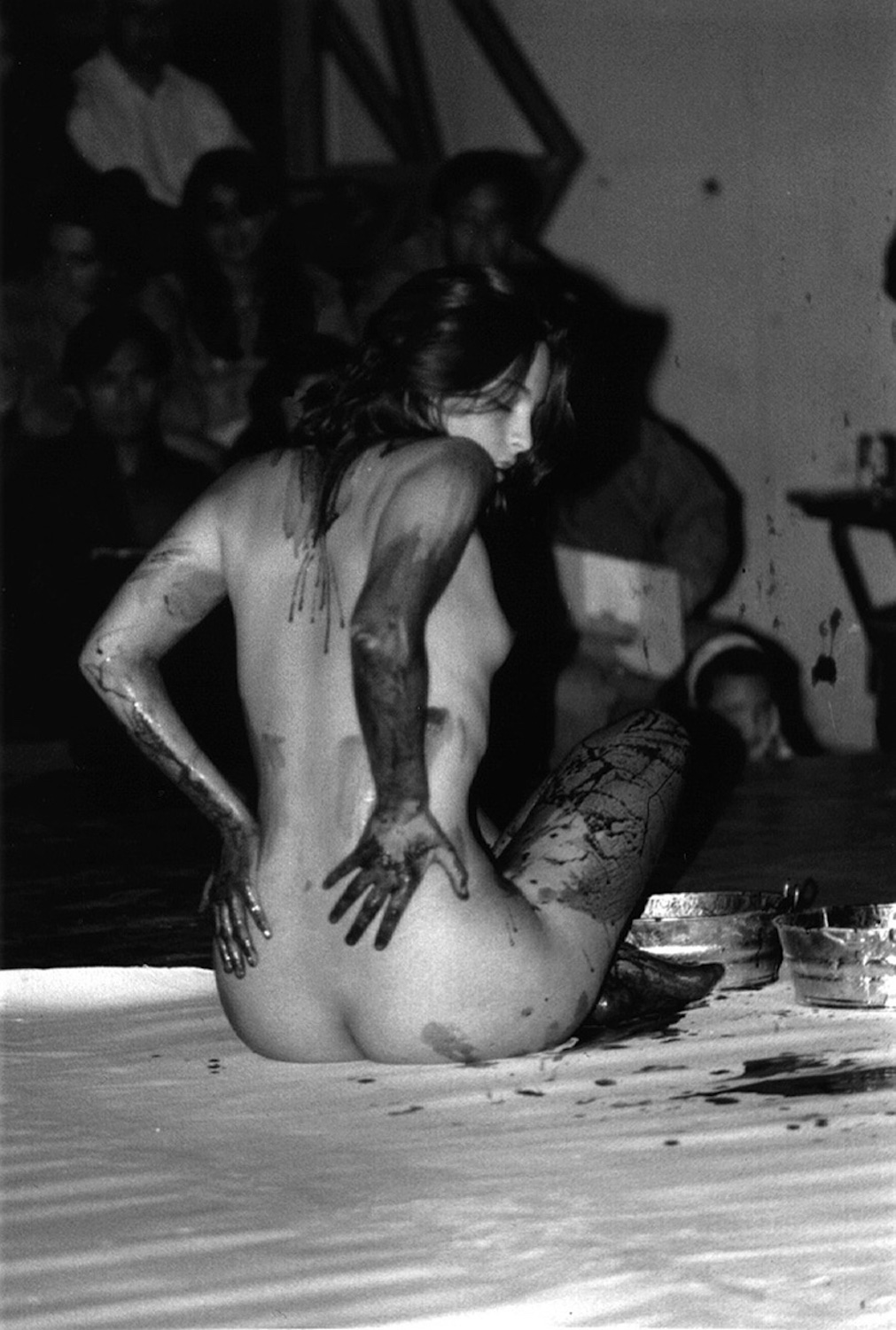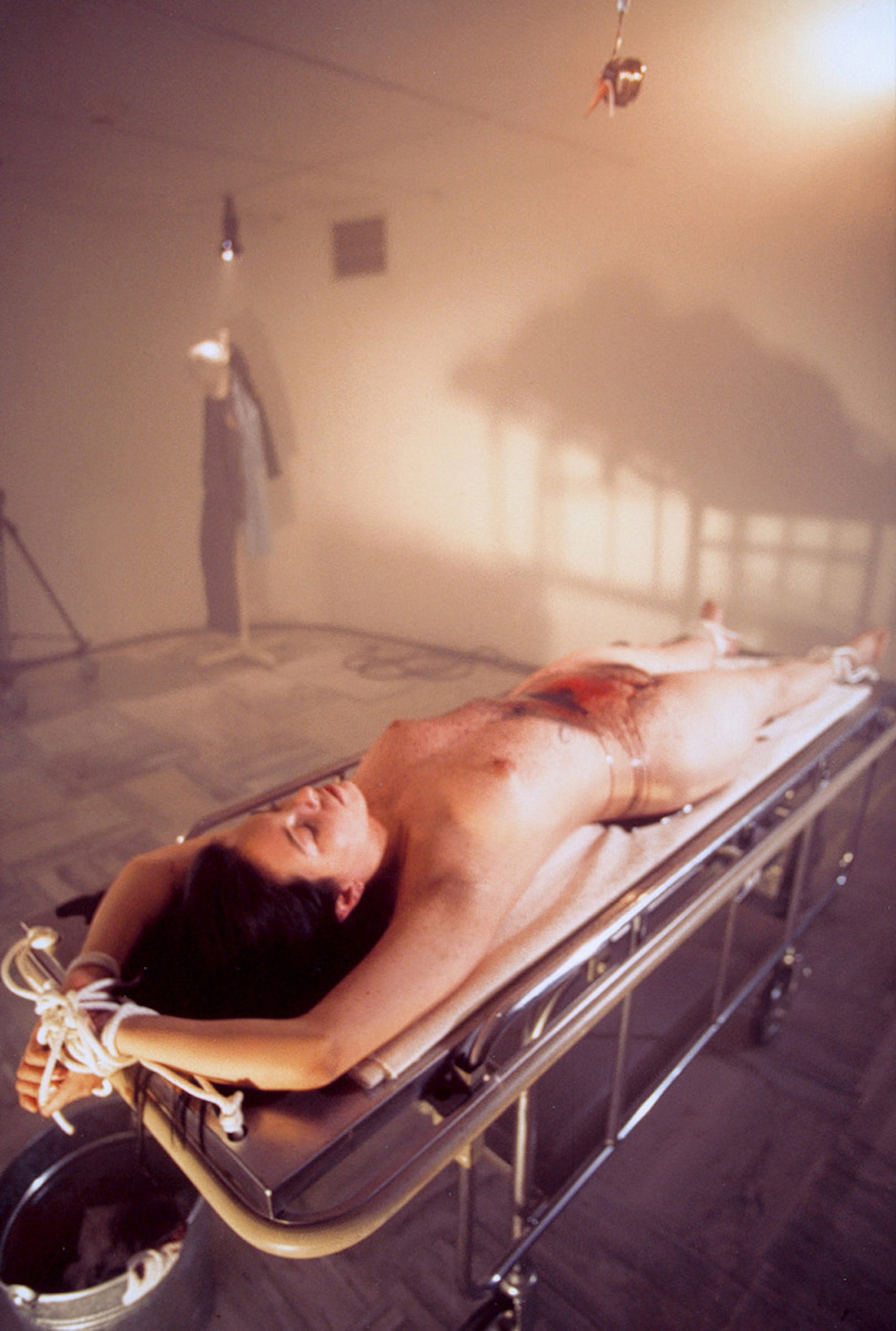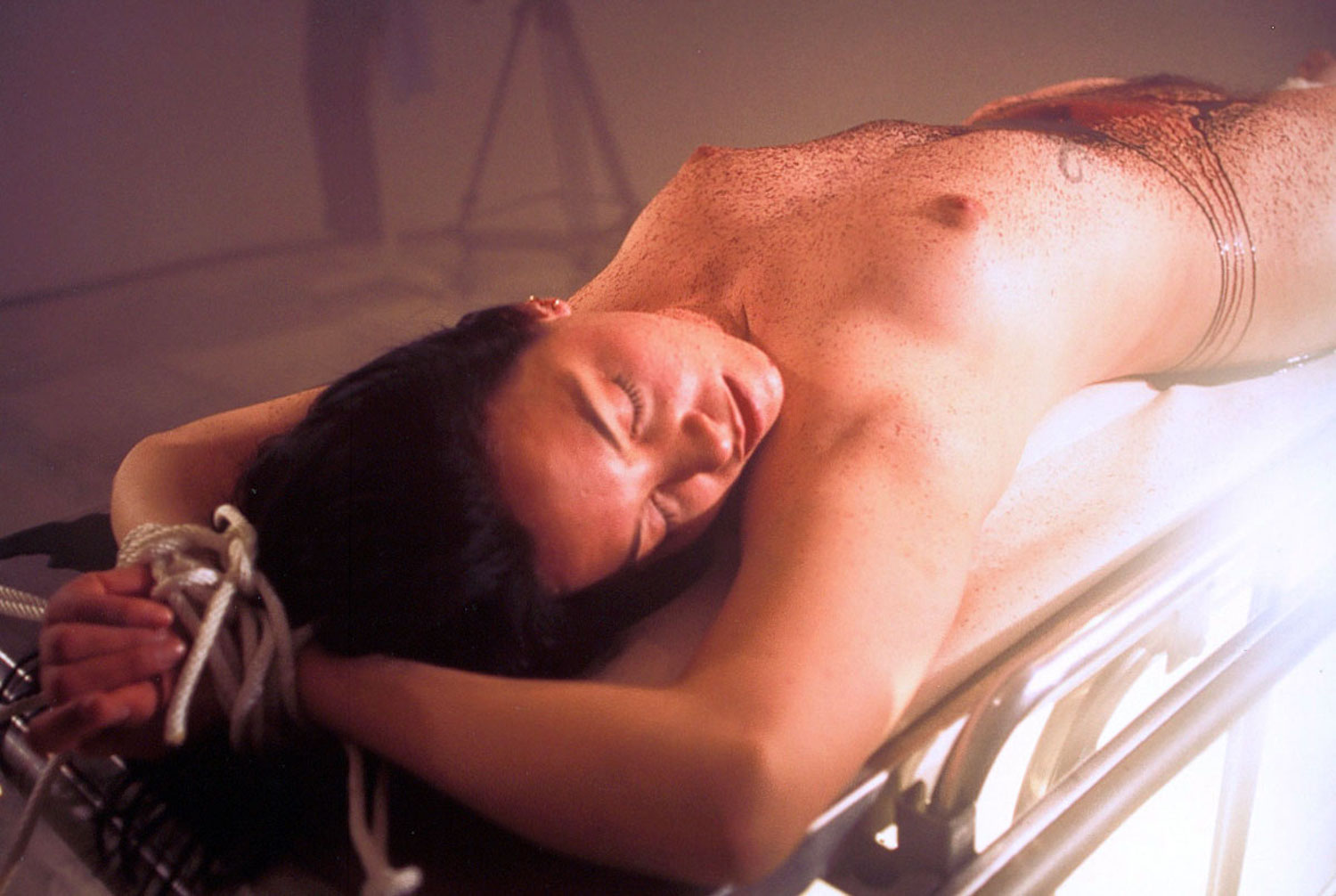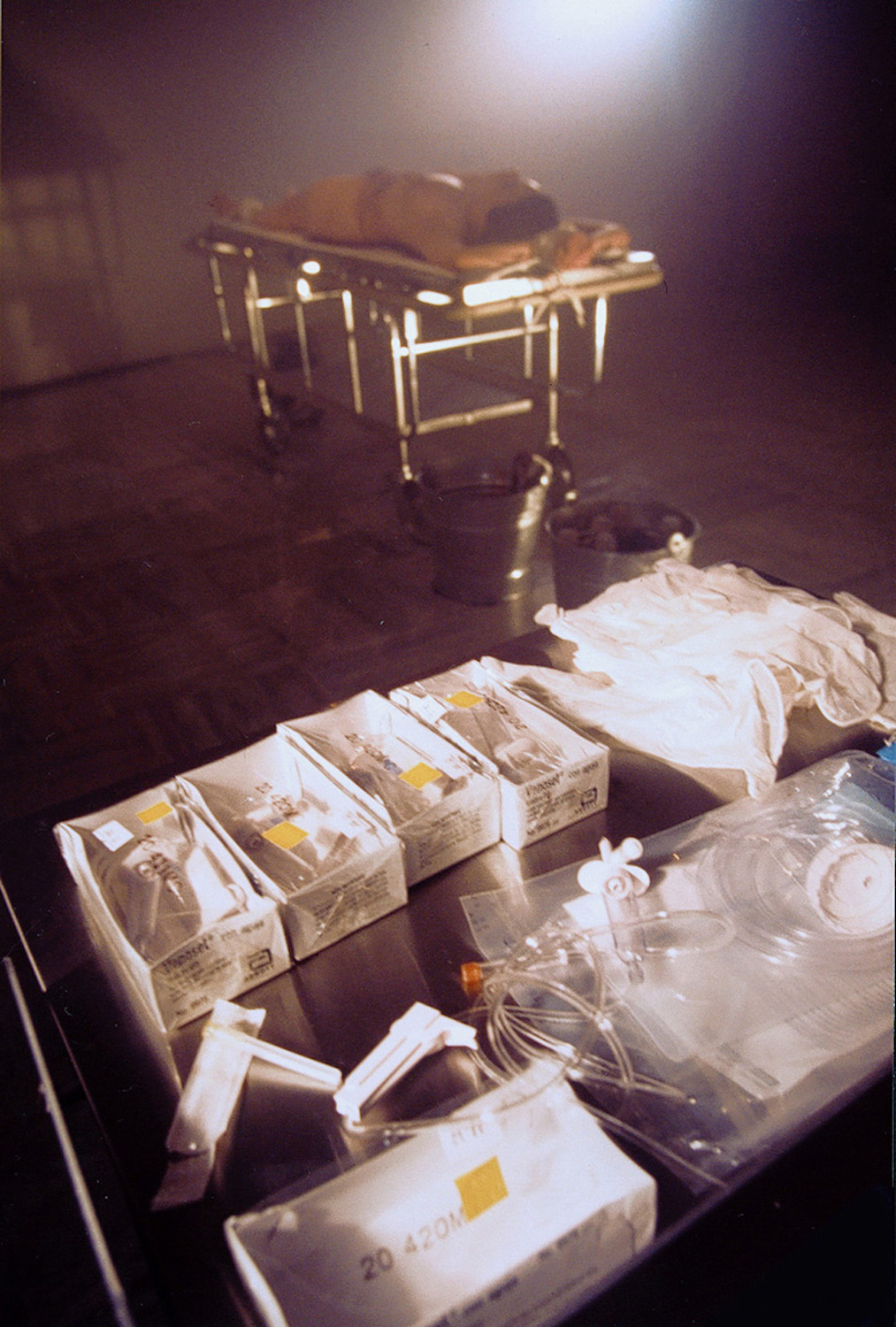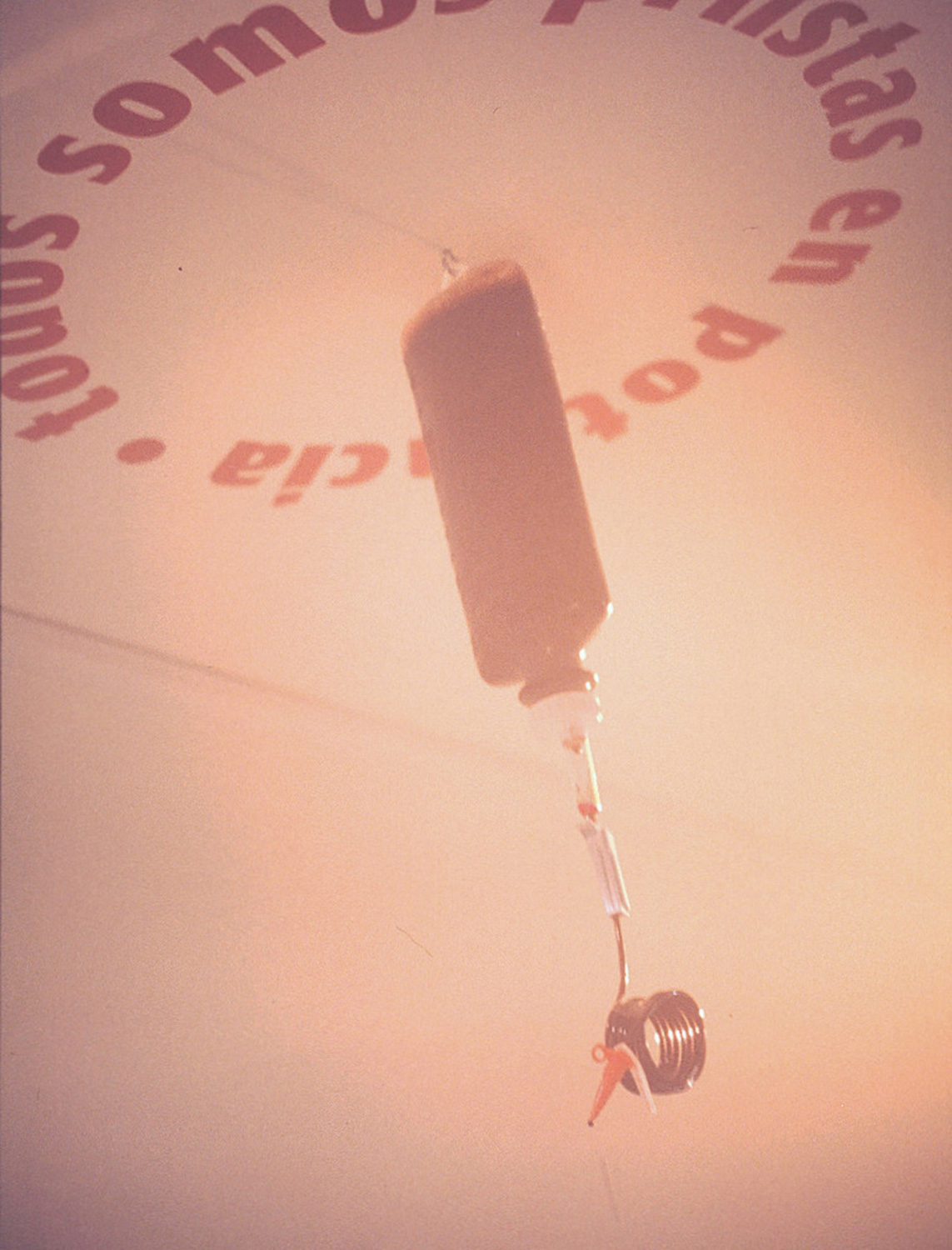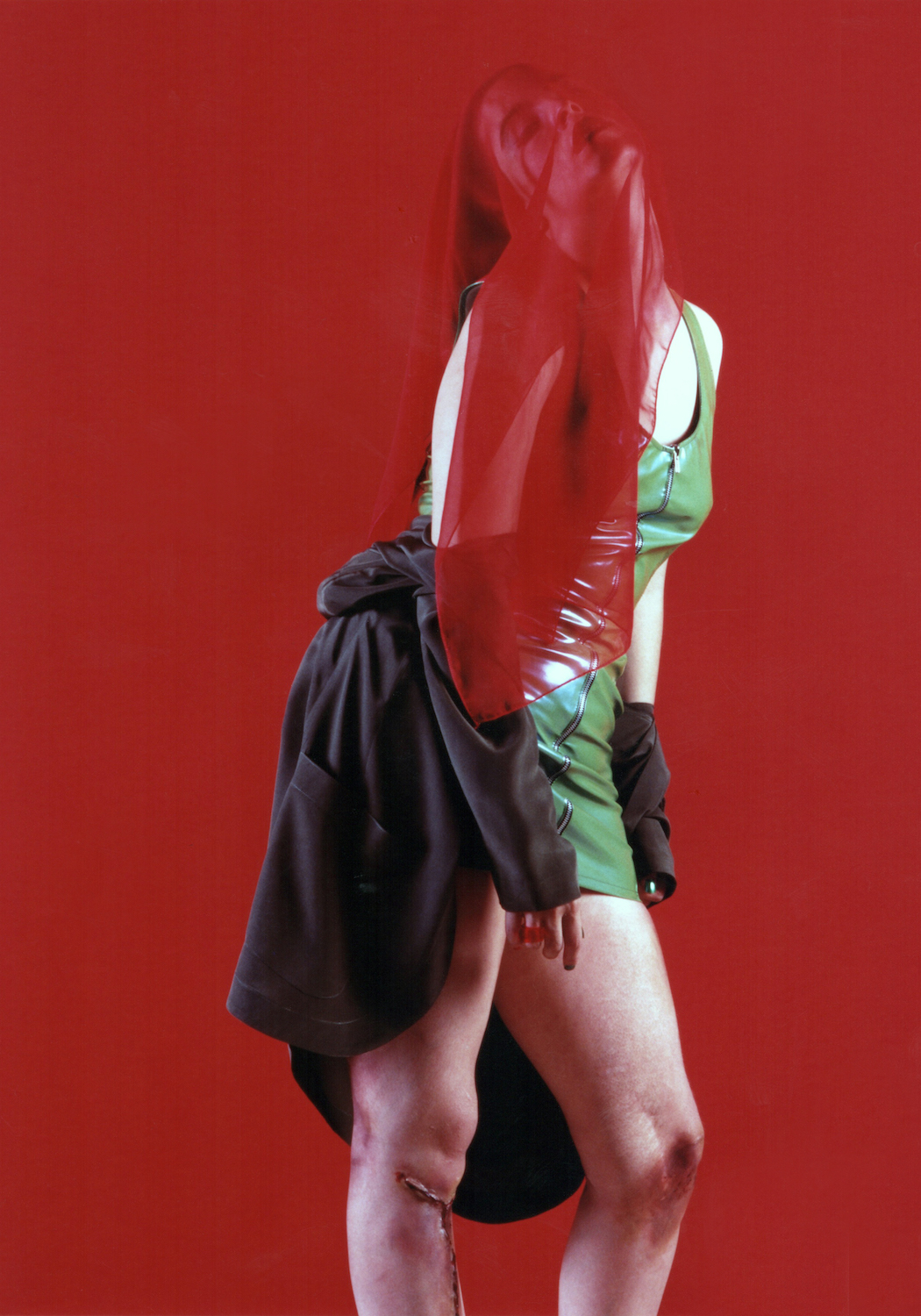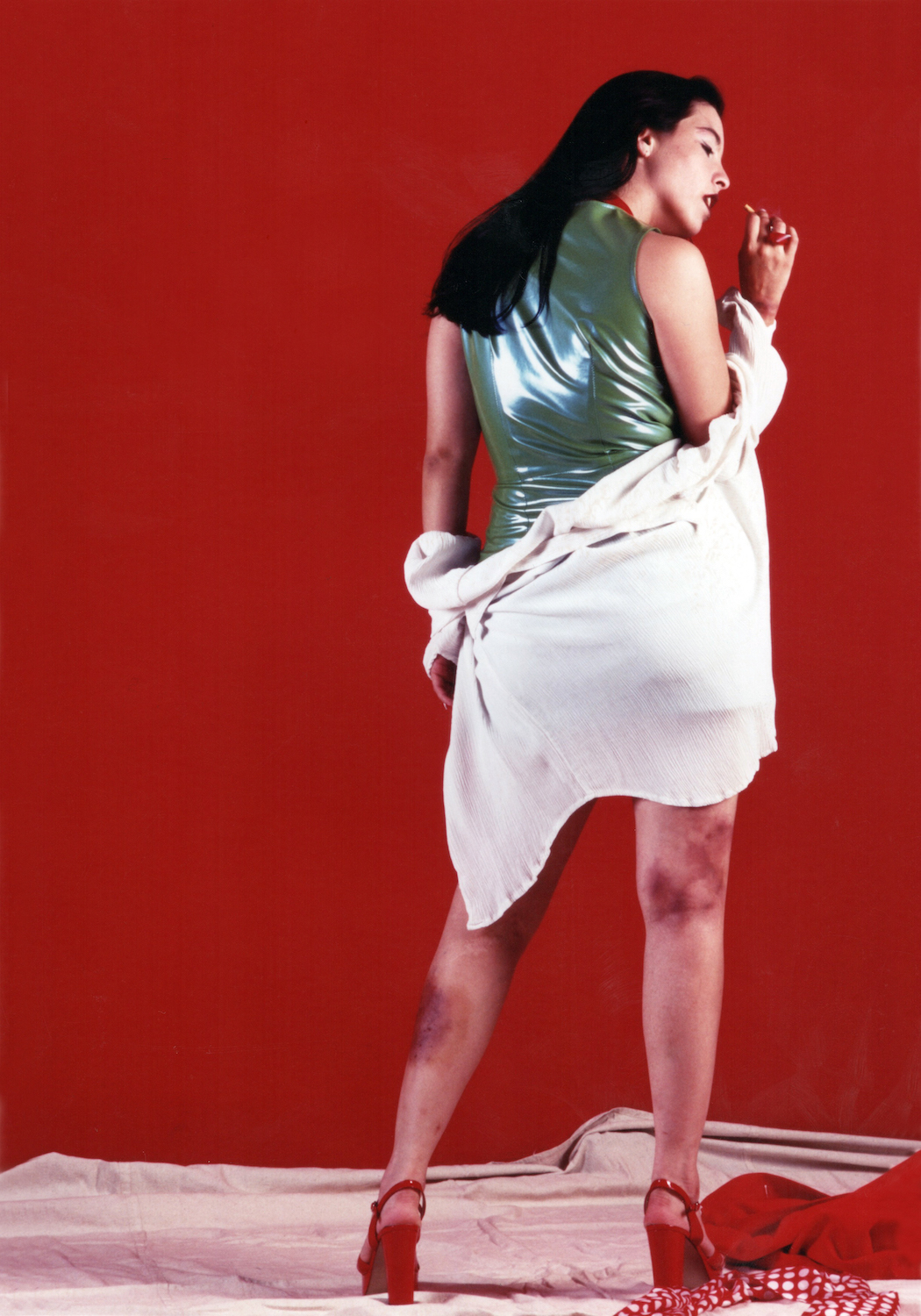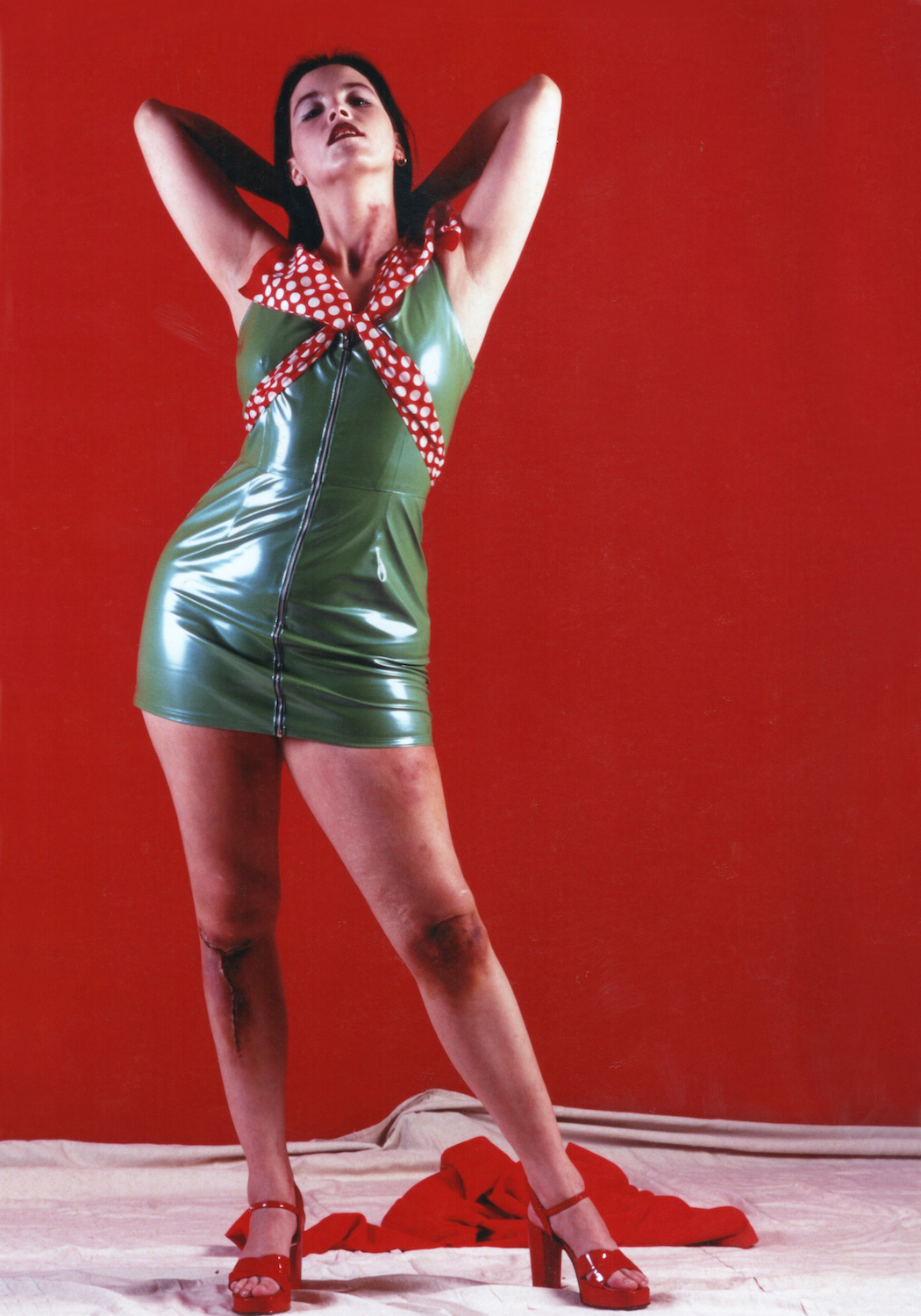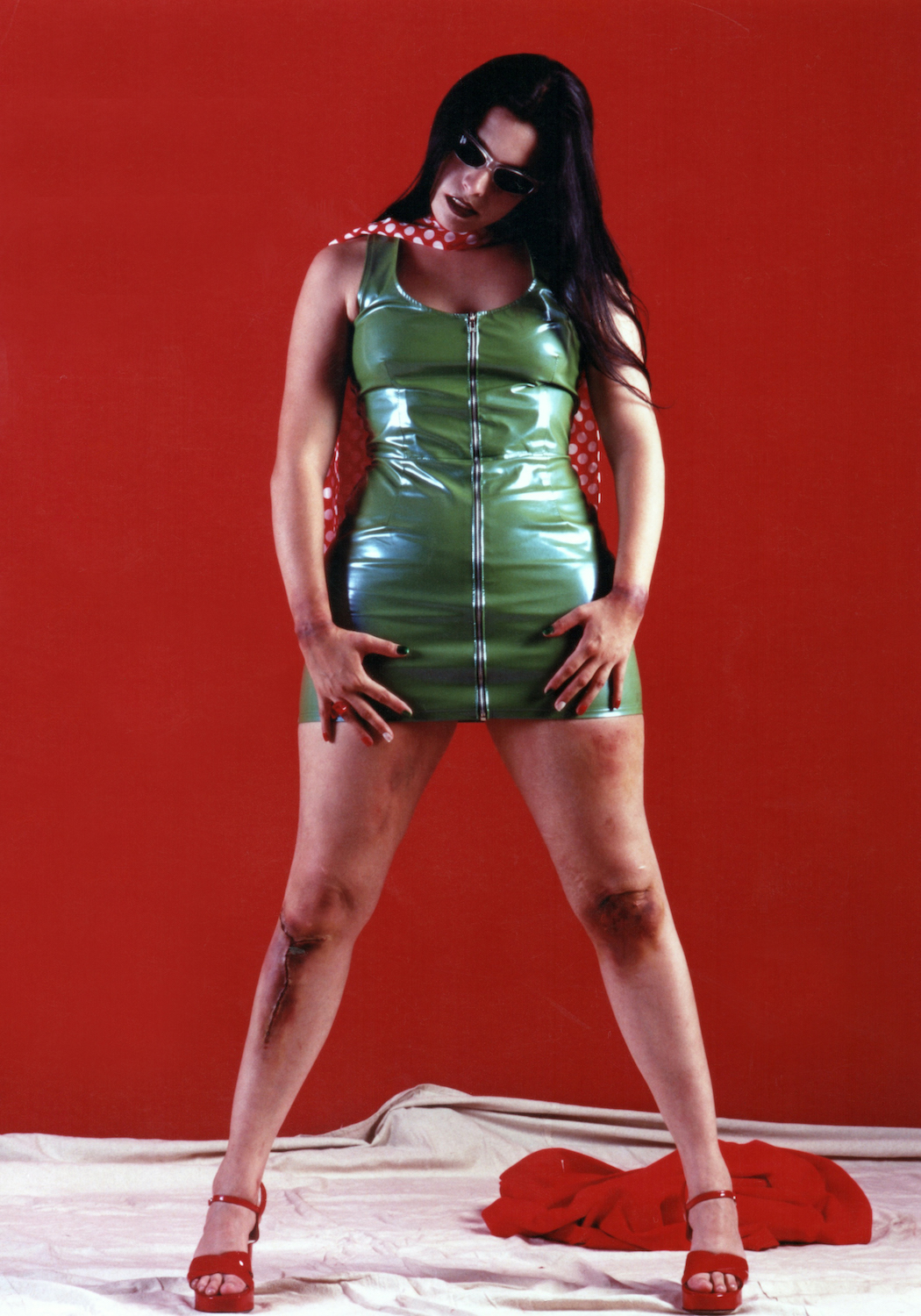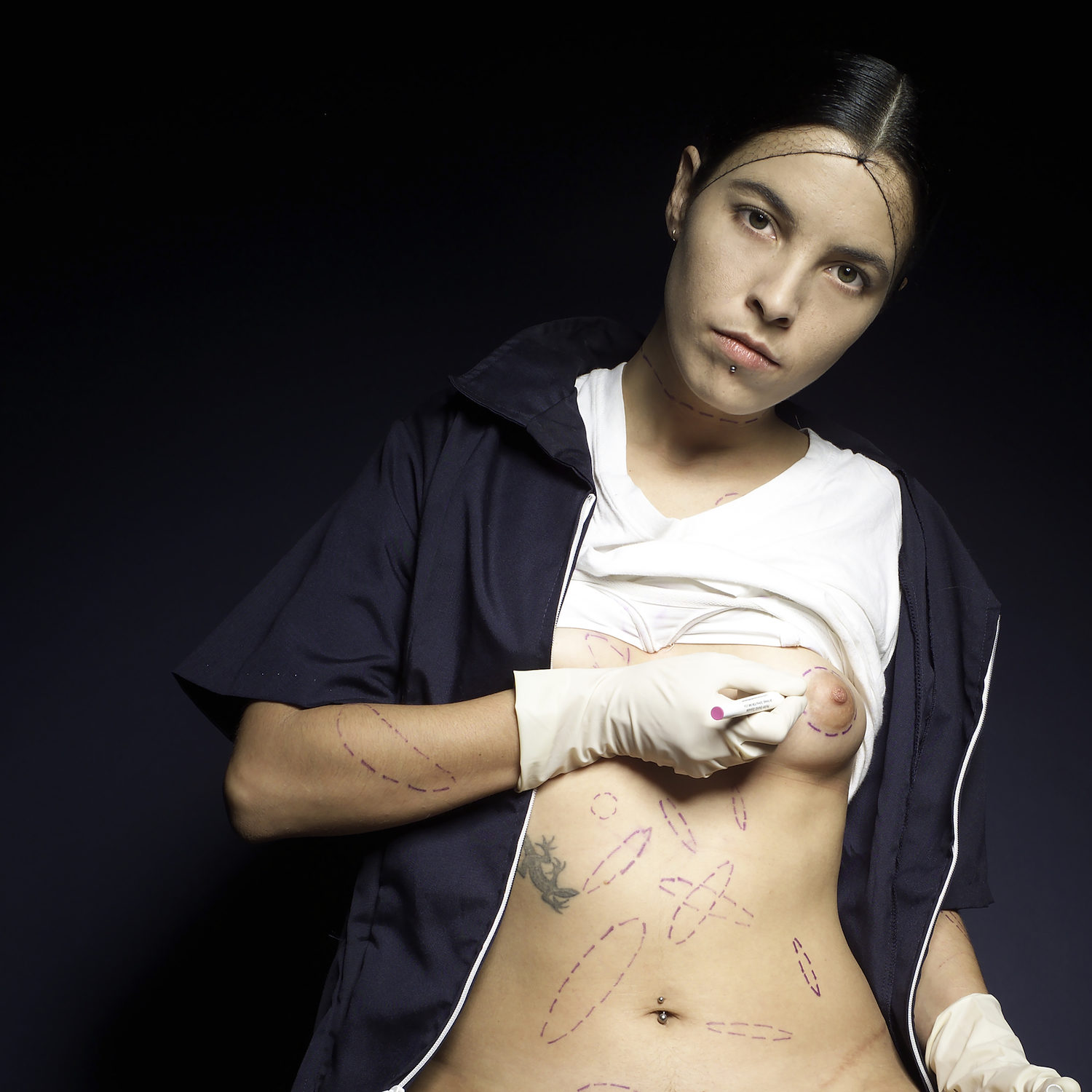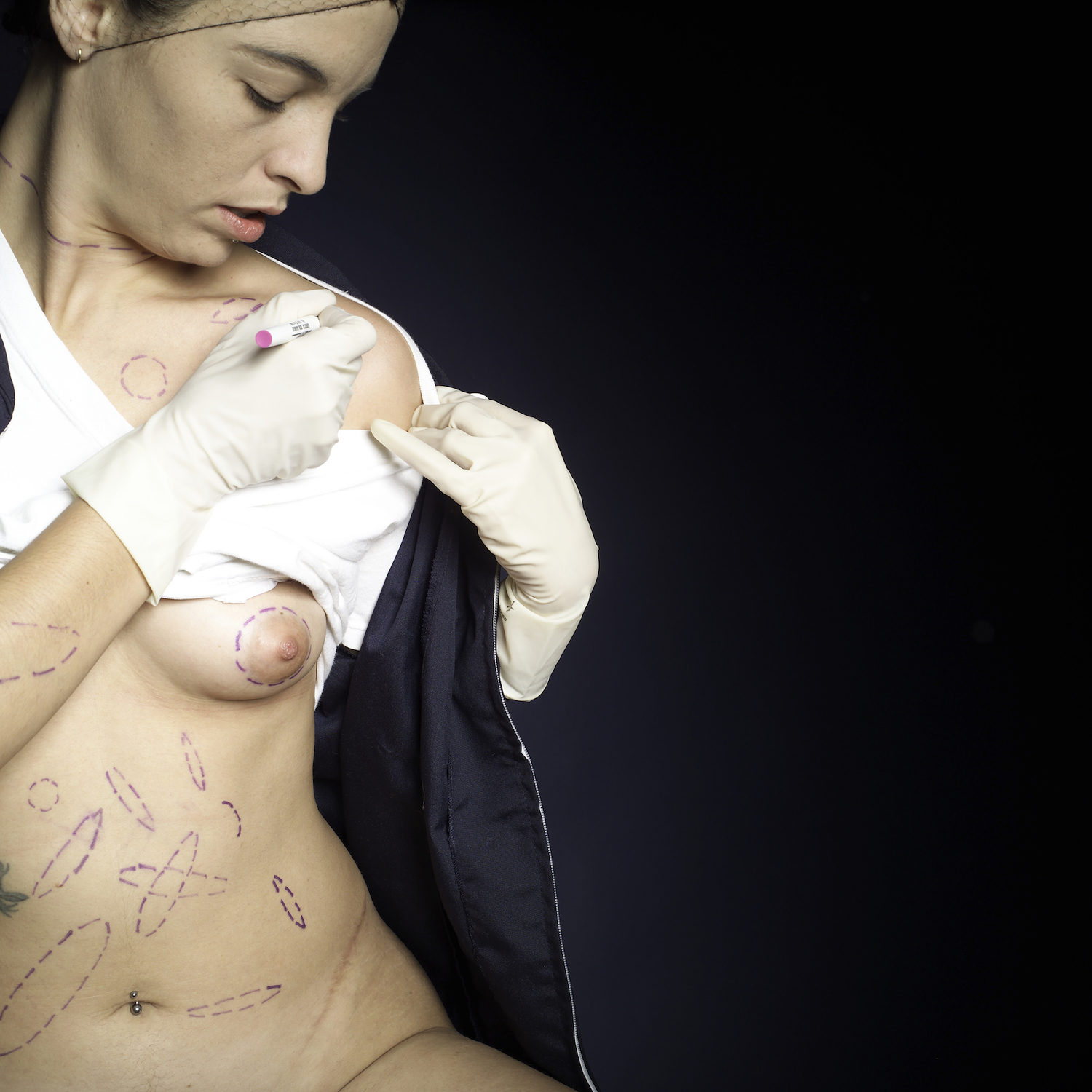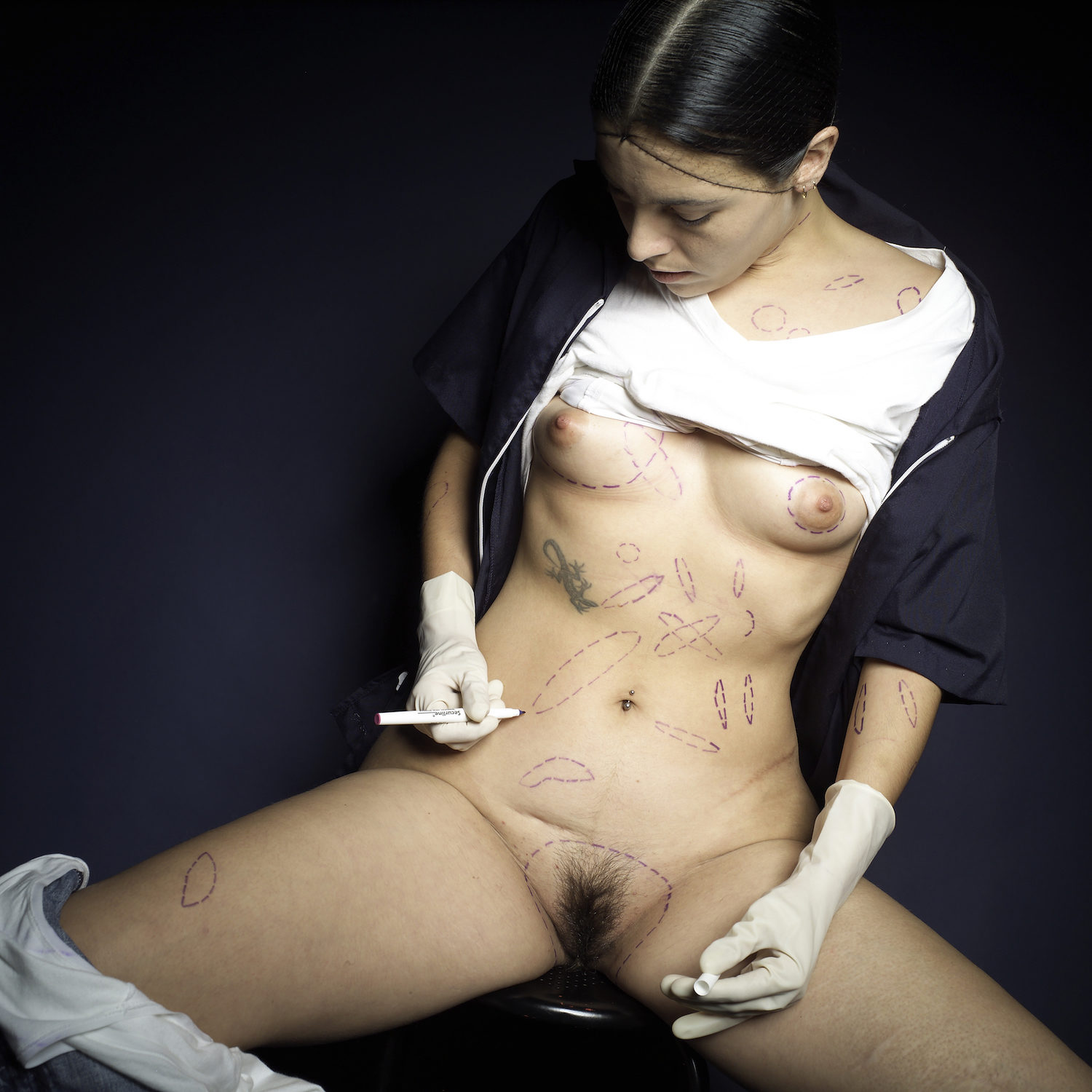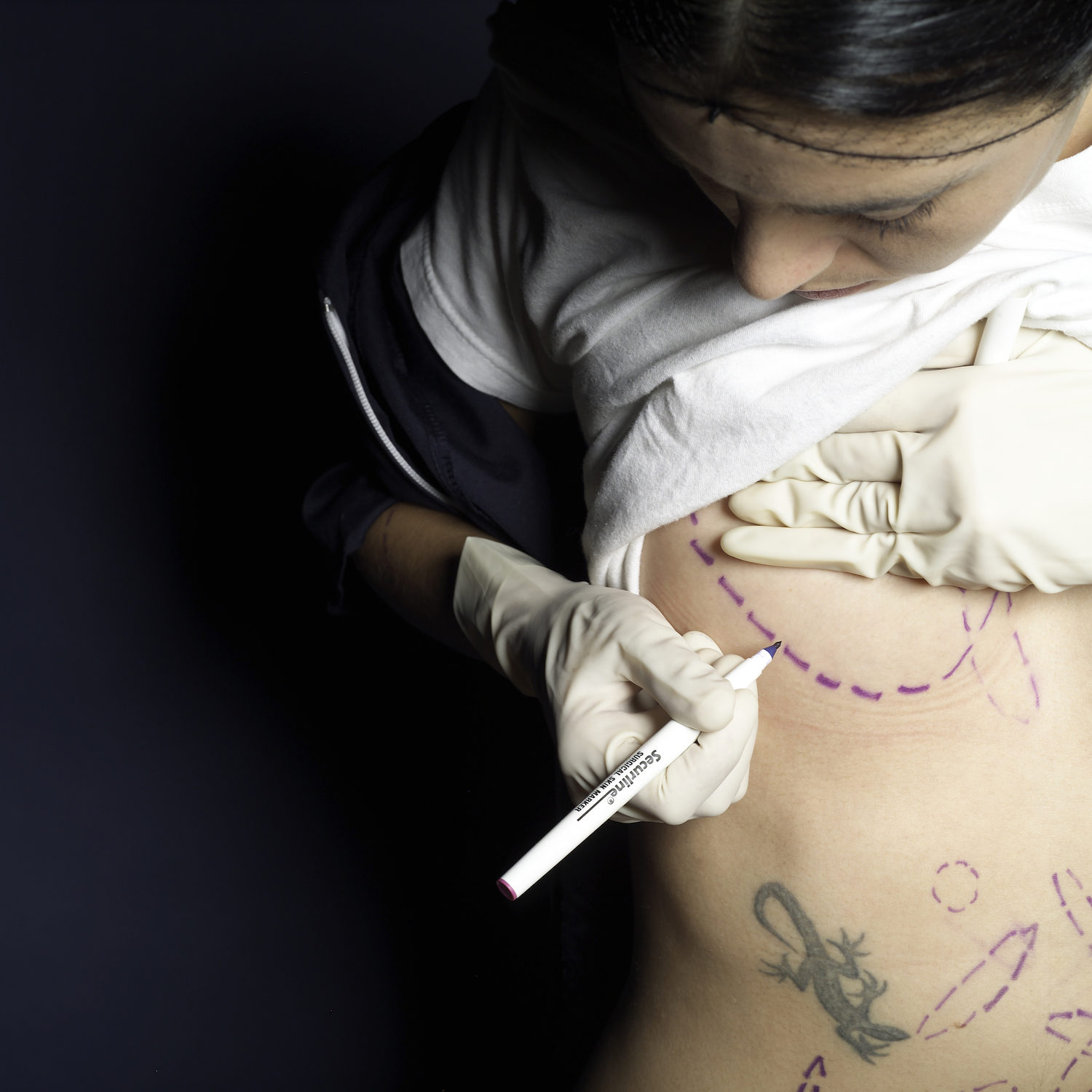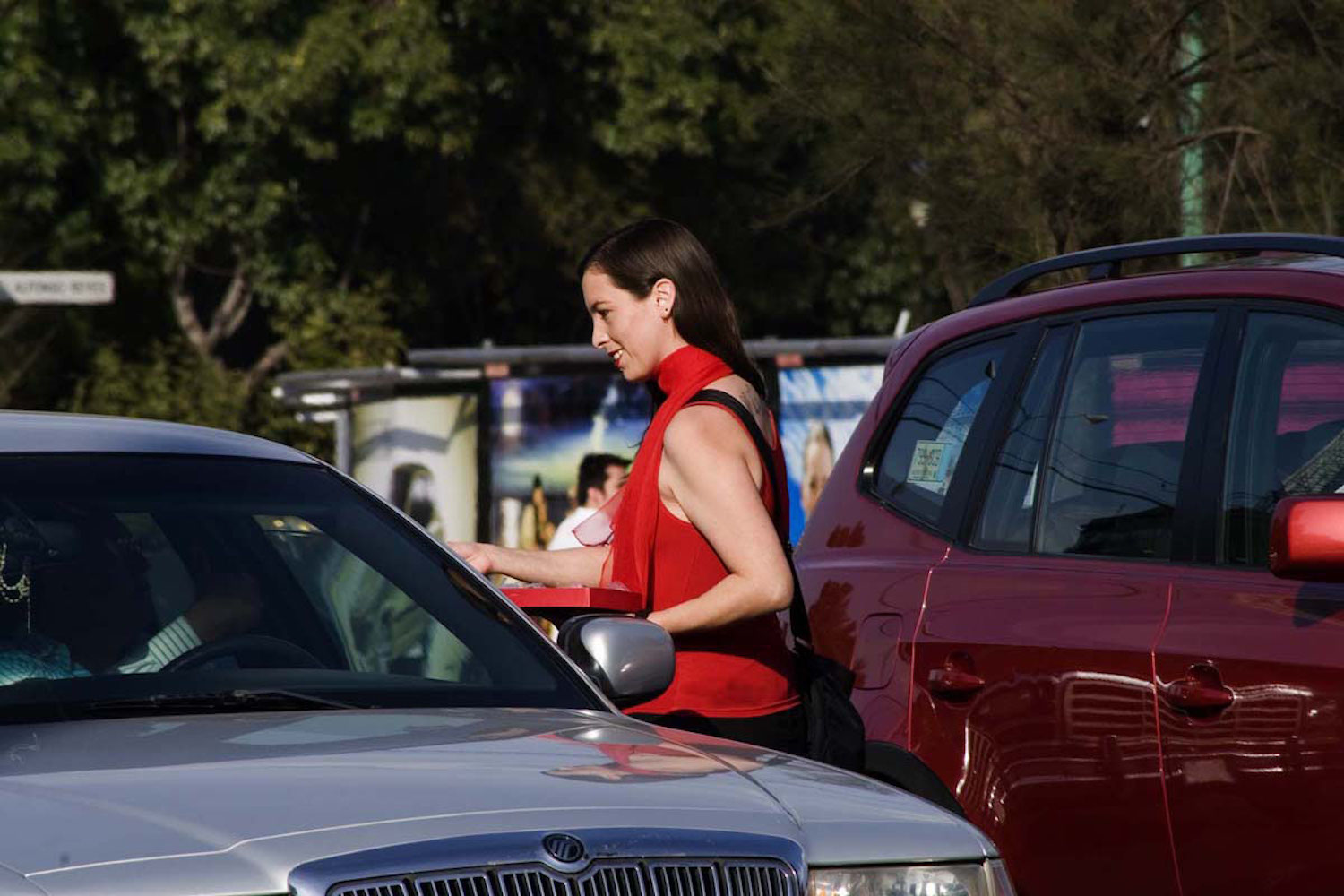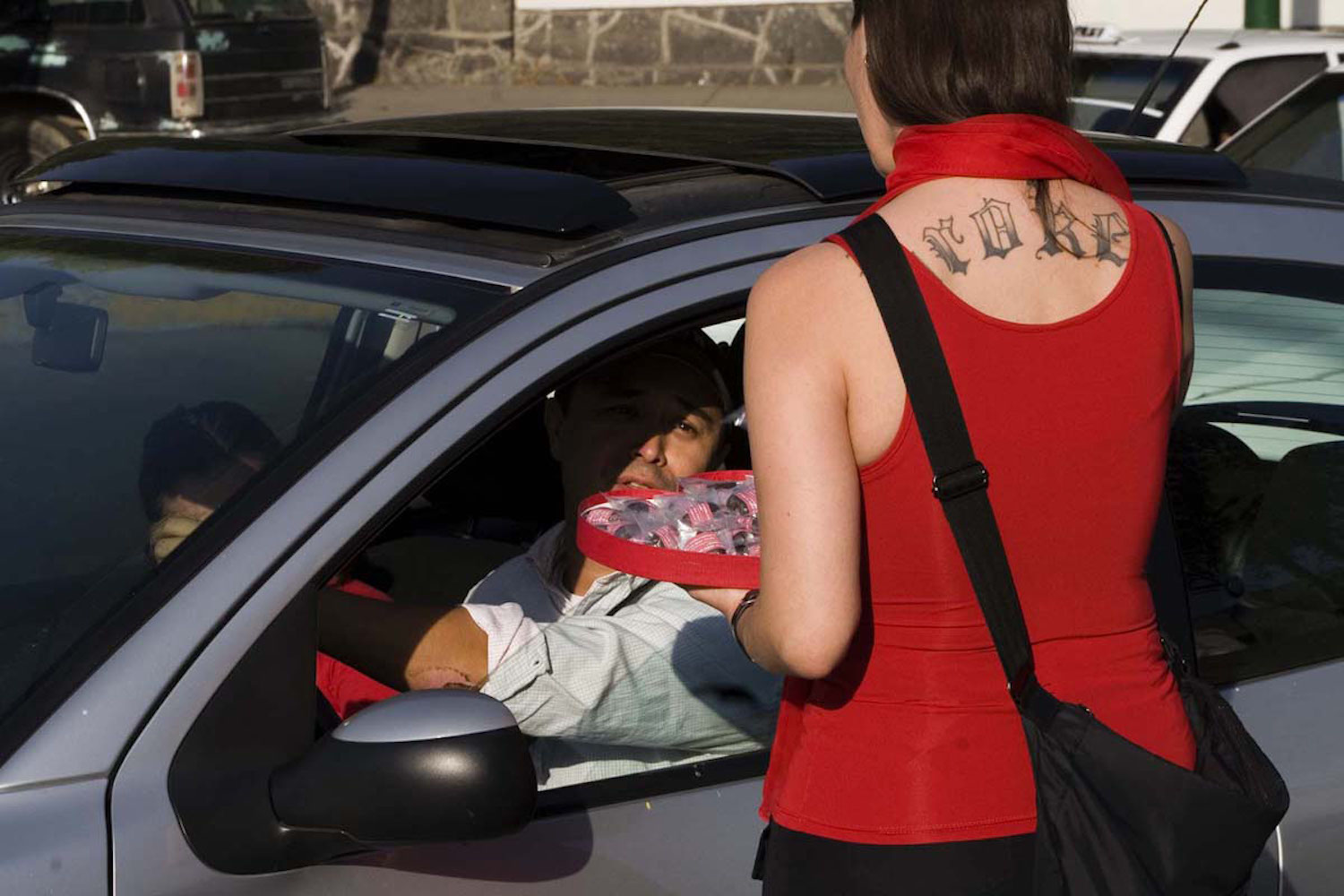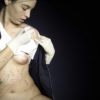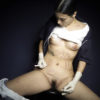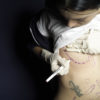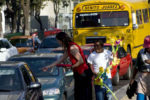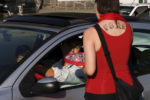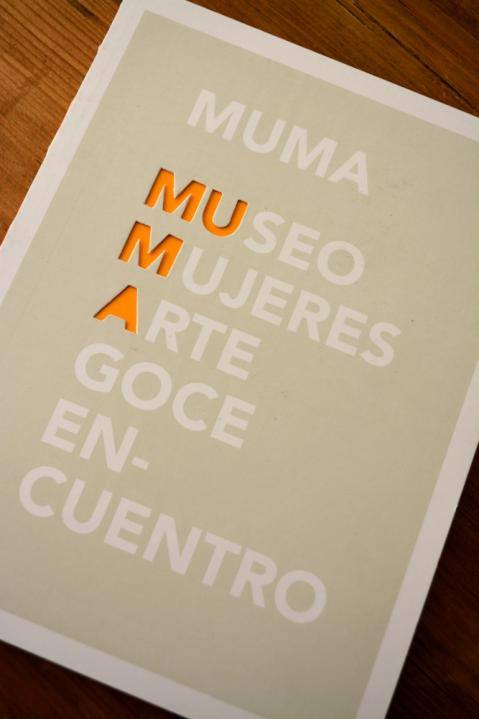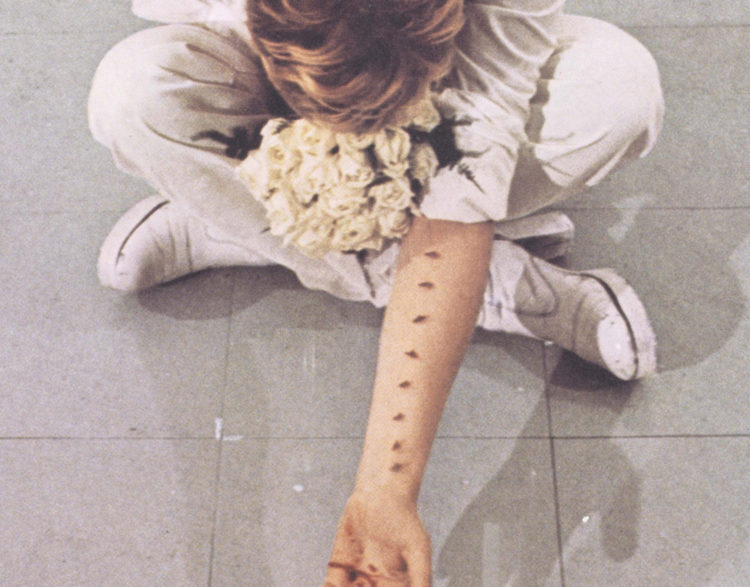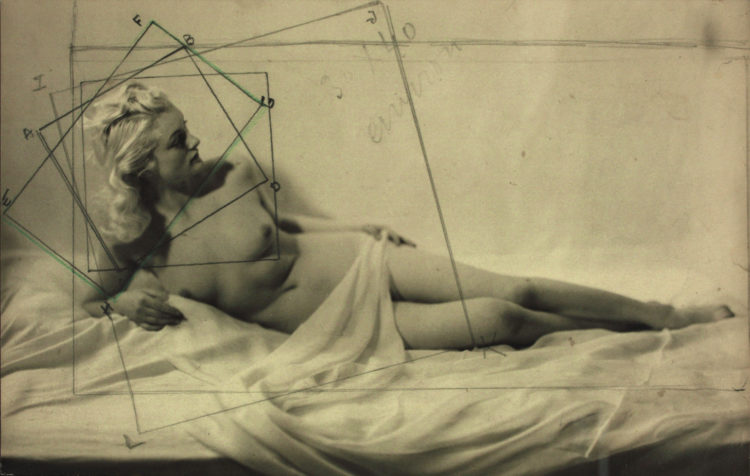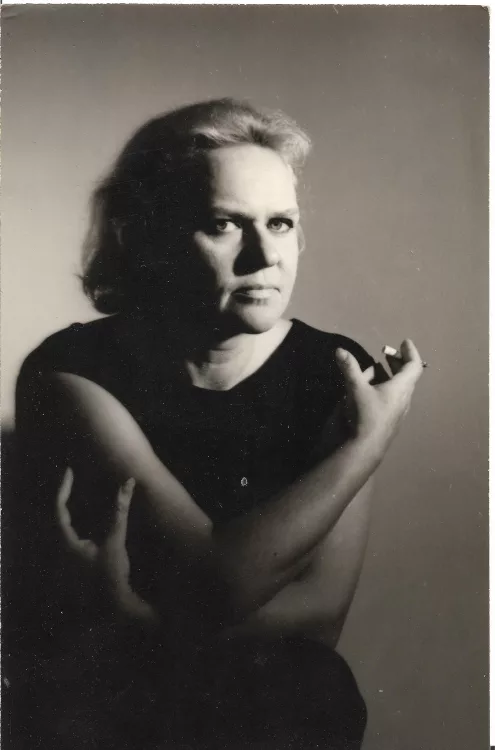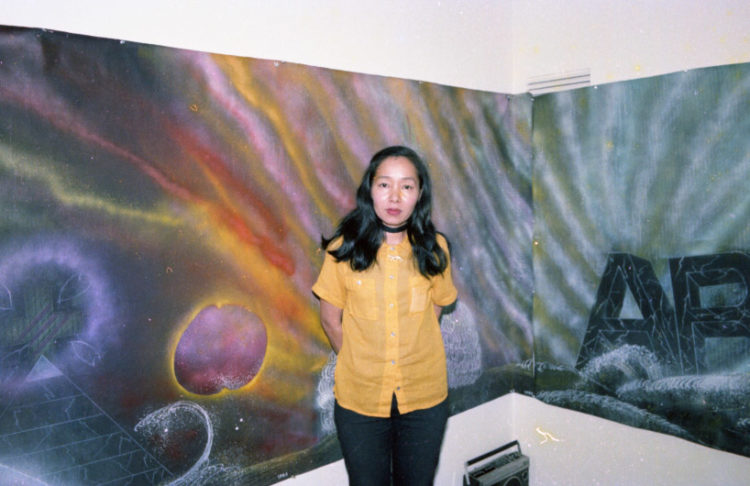Lorena Wolffer
Carroll, Amy Sara, “Lorena Wolffer’s ‘El Derecho de Réplica’”, in REMEX, Toward an Art History of the NAFTA Era, Austin, University of Texas Press, 2017
→Antivilo, Julia, Entre lo sagrado y lo profano se tejen rebeldías. Arte feminista nuestroamericano, Bogotá, Ediciones desde abajo, 2015
→Wolffer, Lorena, “Mexican Territory”, in Art Journal 56, n°4, 1997
Lorena Wolffer. Diarias global, Museo Universitario de Arte Contemporáneo, Mexico City, November 2020-March 2021
→Below the Underground: Renegade Art and Action in 1990’s Mexico, Armory Center for the Arts, Pasadena, October 2017-January 2018
→Lorena Wolffer / Expuestas: registros públicos, Museo de Arte Moderno, Mexico City, July-October 2015
Mexican artist and activist.
Since the 1990s Lorena Wolffer has focused her performance-based practice on altering the political and social environment of Mexico. Her work addresses pressing issues, such as the crisis in gender-based violence in Mexico, in ways that challenge existing representations and social conditions and advocates for their transformation. The artist is noted for using her own body as material to articulate these issues for her viewers, often placing her body into uncomfortable or seemingly torturous situations.
This approach can be seen in her early works, such as Báñate [Take a bath, 1992-1993]. Here L. Wolffer sensuously bathed her nude body with seven buckets of cow’s blood to undo the automatic associations of this material with shock and violence, and instead interrogate its potentially erotic, cleansing and purifying qualities. She continued to utilise blood in one of her best-known performances, titled Territorio Mexicano/Mexican Territory (1995-1997), which she presented multiple times in museums, festivals and on television. In this work L. Wolffer’s nude body stood in for the national body, or the territory of Mexico, and was subjected to torture in the form of a slow, steady drip of blood onto her stomach over the course of six hours. This action commented on the nation’s passivity in responding to political crises of 1994 and the voyeuristic consumption of political spectacles and traumas.
The artist continued to use her body and the medium of performance to tie issues of nationalism to gender-based violence and femicide in Mexico during this period. In If She Is Mexico, Who Beat Her Up? (1997-2017) she presents herself as a runway model, clothed in outfits that evoke the colours of the Mexican flag, but with a notably beaten body, bruised and bloodstained, as a metaphor for the nation. Mientras dormimos (El Caso Juárez) [While we sleep (Juárez’s Case), 2002-2004] also exists as a commentary on violence against women in Mexico, here a direct reference to the hundreds of women who had been killed in Ciudad Juárez since the 1990s.
Her practice also often takes the form of public art actions, seen in 14 de febrero [14 February, 2008], where she replicated the lived experience of a victim of domestic violence named “Fabiola” whose husband would beat her if she did not sell enough chocolates on the streets of Mexico City during a given day. The artist, in an act of defiance, instead gave away chocolates to passers-by, each packaged with excerpts from Fabiola’s testimony.
L. Wolffer has presented her work in cultural institutions throughout Mexico, such as the Museo de Arte Moderno and Museo de Arte Carrillo Gil. She was the co-founder and director of Ex-Teresa Arte Alternativo, Mexico City (1994-1996), was co-organizer of the #MeTooMex Forum (2019), and has received many grants and awards, including the Omecíhuatl Medal (México, 2011), Ford Foundation (2015), Artraker Award for Social Impact (UK, 2014) and the Hermila Galindo Medal (México, 2019). She continues to teach at a number of cultural institutions and her texts have been published in Art Journal, Arte al día, Reforma, and many others.
A notice produced as part of the TEAM program: Teaching, E-learning, Agency and Mentoring
© Archives of Women Artists, Research and Exhibitions, 2021



